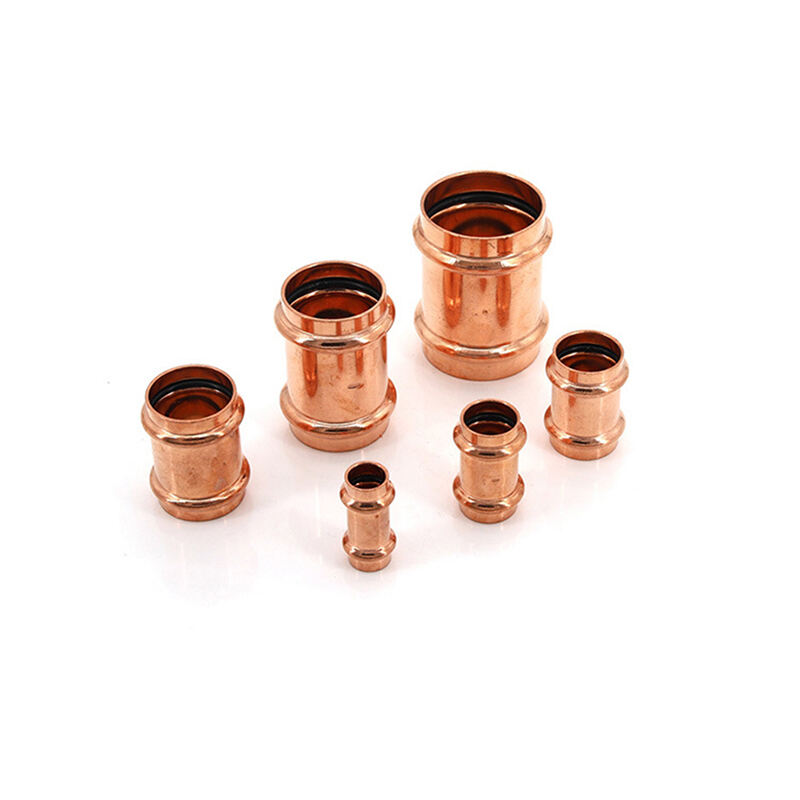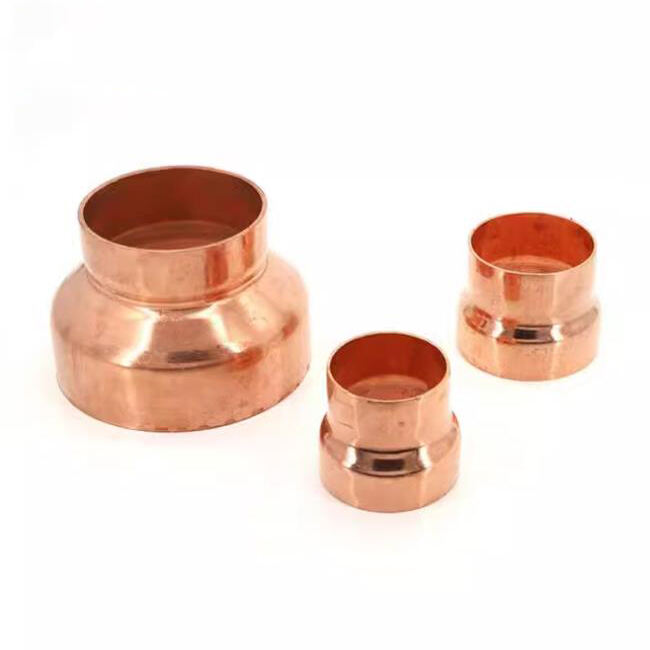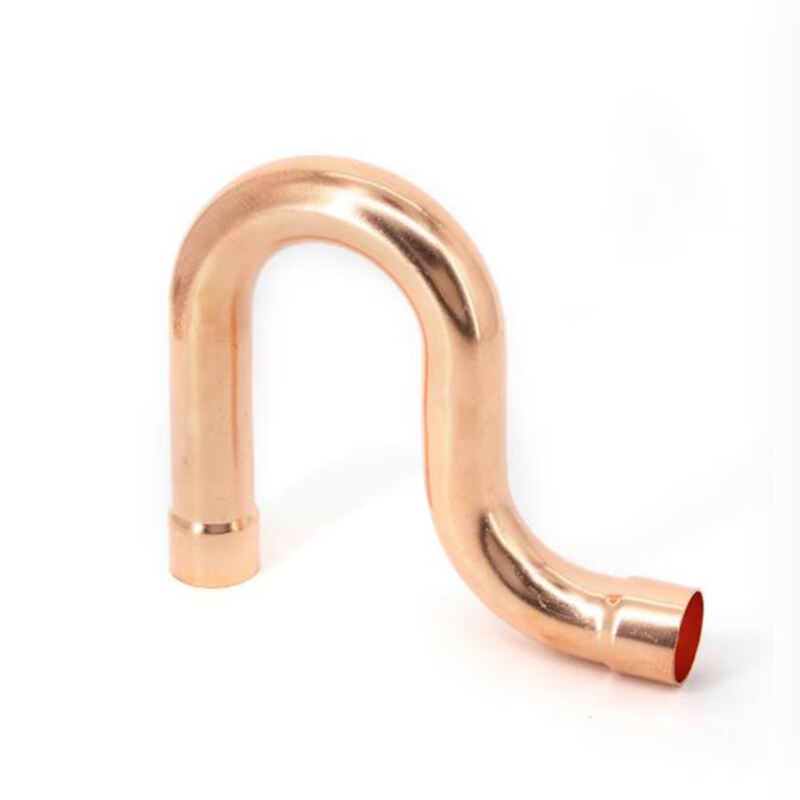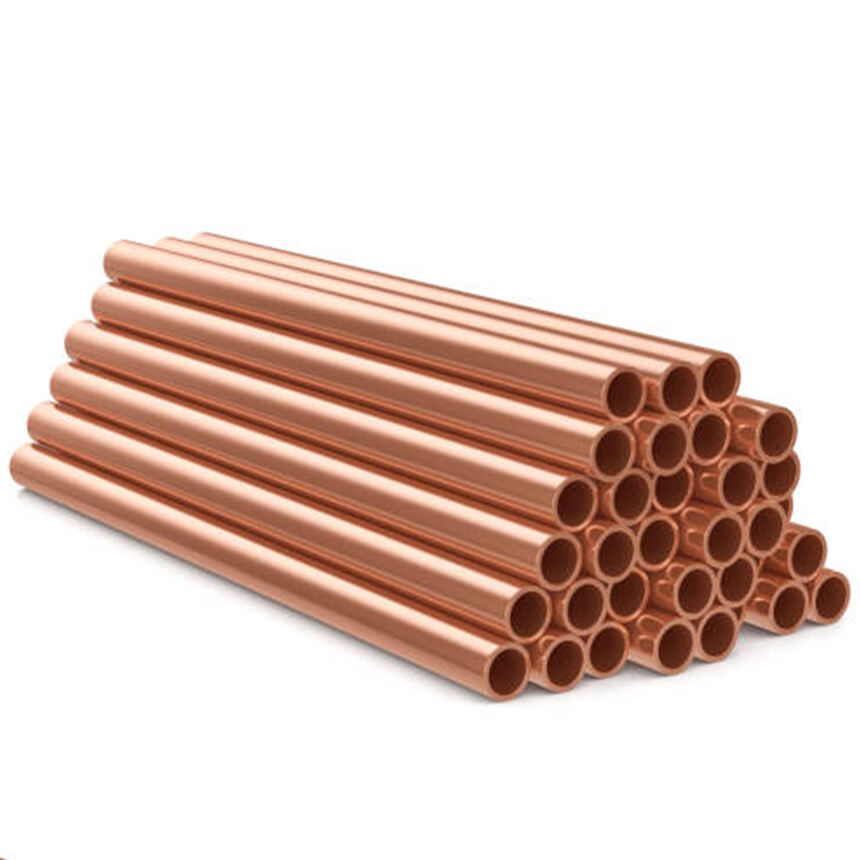How Compression Fittings Ensure Leak-Free Copper Pipe Connections
Understanding the Compression Mechanism
Compression fittings work by creating a tight seal around pipes through a compression nut pressed against a tapered ring. They really stand out because they stop leaks even when there's lots of pressure involved, which makes them great choices for all sorts of plumbing jobs. Some studies show that if someone installs them properly, these fittings can handle pressures as high as 600 pounds per square inch. The fact that they last so long helps keep plumbing systems intact, particularly important for those tricky high pressure water lines running throughout buildings. Most plumbers will tell anyone who asks that going with compression fittings means getting copper pipe connections that just don't leak and stay strong over time.
Key Components: Compression Nut, Ring, and Seat
Want to know why compression fittings don't leak? Let's start by looking at what makes them work so well. When installing these fittings, the compression nut does exactly what it sounds like it would do - it actually compresses the ring around the pipe, which keeps everything locked tight and stops those annoying little movements that can lead to leaks down the road. The ring itself, sometimes called a ferrule, plays the main role in creating that watertight seal while also making sure the connection lasts longer without failing. And don't forget about the seat either. This part creates that nice flat surface where the ring sits, helping distribute pressure evenly all around the fitting. All these parts working together make all the difference when it comes to keeping copper pipes connected securely for years, especially important in plumbing systems where reliability matters most.
Why Copper Pipes Benefit from Compression Technology
Most plumbers go for copper pipes because they don't rust easily and conduct heat really well. When we add compression technology into the mix, these copper pipes last even longer since the connections become much tighter and more secure. Some field tests actually found that when plumbers pair compression fittings with copper pipes, the whole system tends to stay leak-free for decades longer than standard setups. Fewer leaks means less money spent on repairs over time, which makes this combination pretty smart for homes as well as big buildings. The way compression fittings lock onto copper creates a system that just keeps working without surprises down the road.
Brass vs. Copper Compression Fittings for Plumbing Systems
Material Durability Comparison
Material durability matters a lot when it comes to plumbing systems if we want them to last. Brass fittings are strong enough for tough jobs, no doubt about that, but they tend to corrode after some time has passed. Copper fittings tell a different story though. They last really long and handle high pressure pretty well, although they do get dented easier than brass. The Copper Development Association says copper compression systems can stick around for more than half a century, whereas brass ones might need replacing much sooner in comparison. For people looking at long term fixes, copper just makes sense most of the time. These fittings stand up to constant use day after day, which is why so many plumbers reach for copper when installing pipes that need to work reliably for years on end.
Applications for Brass Plumbing Fittings
Brass compression fittings have become pretty much standard in today's plumbing because they're so versatile and straightforward to install. What makes these fittings stand out is their durability plus those leak-proof characteristics that keep everything running smoothly whether it's for water pipes or even gas lines. We see them everywhere from home bathrooms to big office buildings across town, which really speaks volumes about how effective they actually are. Most local building codes still specify brass fittings as acceptable materials, something that shows just how long this particular type has been trusted by plumbers all over the country. From simple tap connections at home right through to complex industrial installations, brass remains a go-to choice when reliability matters most under pressure conditions that would break cheaper alternatives apart.
Corrosion Resistance in Copper Pipe Systems
Copper naturally resists corrosion, which is why many plumbers prefer it for their work. It stops rust from forming and keeps pipes from breaking down over time. When installed with compression fittings, copper becomes even more reliable, cutting down on those annoying maintenance problems most people dread. Studies have found that copper plumbing systems tend to leak much less than ones made entirely of brass fittings. The durability means these systems last longer and save money in the long run since there are fewer repairs needed. For big commercial buildings or areas with heavy water usage, copper piping stands out as a solid option that won't let down property owners when they need it most.
Installing Compression Fittings: Best Practices
Step-by-Step Tightening Process for Air Pipe Fittings
Getting air pipe fittings installed right means sticking to a good tightening procedure. First things first, line up the pipe with the fitting and check that the compression ring sits properly inside the whole setup. Getting this part right makes everything else go smoother. When it comes time to tighten the compression nut, grab the right tools and work in a circular motion. Doing it this way spreads out the pressure evenly and cuts down on chances of something getting out of whack. Most plumbers suggest starting off with just hand tight before moving on to actual tools for the final snugness. Once those fittings feel solid in their spots, give them that extra tweak with proper equipment to make sure nothing leaks later on. Stick to these steps and anyone working on pipes should end up with a system that doesn't drip and stays dependable over time.
Avoiding Over-Tightening and Pipe Deformation
When working with compression fittings, one thing plumbers know well is that going too tight can actually be worse than not enough. If someone applies too much force, pipes tend to bend out of shape, creating all sorts of problems down the road like annoying leaks or complete system breakdowns. That's why most pros swear by using a good quality torque wrench when doing this kind of work. The right tool makes sure pressure stays even across the connection point, so neither the pipe nor the fitting gets damaged in the process. Always check what the manufacturer says about how much twist is safe before cranking anything down. Those numbers on the packaging aren't just there for show they really matter if we want our plumbing systems to last years instead of months. Taking time to understand these basics helps avoid costly mistakes later on.
Testing Connections for Leak Prevention
Once those compression fittings are installed, don't forget to check all connections for leaks. A good pressure test should happen before turning on the full plumbing system. Most plumbers swear by the old soap solution trick - just apply it around each joint and watch for bubbles that pop up when there's air escaping. The pros usually run their tests at about 150% of regular pressure to make sure everything holds up under stress. Catching problems now saves headaches down the road when water damage could cost thousands in repairs. These simple checks really pay off in the long run, keeping pipes intact and reducing the chances of unexpected breakdowns that disrupt daily operations.
Recommended Compression Fittings for Reliable Performance
Copper Press Fitting Male Street Adapter for Secure Joining
The Copper Press Fitting Male Street Adapter works great as a connection point for different sized pipes, giving plumbers something they can rely on without worrying about leaks. Made from solid brass, these fittings hold up better over time compared to cheaper alternatives, which means fewer mistakes during installation when things get tight in confined spaces. Most folks who have used them report that they keep their seal intact pretty well, even when pressure fluctuates throughout the day. We've seen plenty of installations where this adapter stood up to the test, making it a reliable choice for both residential and commercial plumbing jobs.
Copper V Press Reducing Tee for Versatile Layouts
The Copper V Press Reducing Tee works with different pipe sizes from 3/8 inch up to 1 inch, giving plumbers plenty of options when designing systems. Built tough enough to handle serious pressure situations, this fitting stands up well in demanding installation scenarios where reliability matters most. Many pros who work with copper pipes love how straightforward it is to install. They often mention that saving time on jobs makes all the difference, which explains why both field technicians and those manufacturing copper piping solutions keep coming back to this particular product.
Welded 90 Elbow for Directional Flexibility
When it comes to redirecting pipe flow without losing pressure or messing up fluid dynamics, welded 90 degree elbows really shine. The way these elbows are actually welded onto pipes makes them much stronger than regular fittings, which matters a lot when engineers need to change pipe configurations mid-project. Industry tests have shown time and again that pipes with proper welds hold up better under stress. Systems built with welded connections just don't fail as often as ones relying on standard fittings, making them a smart choice for industrial settings where reliability is non-negotiable.
Copper Welding Tee Reducing for Multi-Diameter Systems
Copper welding tee reducing fittings handle several different pipe sizes at once, which makes them indispensable when working on complicated plumbing setups where connections vary. These fittings rely on solid welding techniques that create tight seals between pipes of all dimensions. People who install them often report fewer leaks over time, plus their systems tend to last longer than with other options. That kind of reliability speaks volumes about how well these fittings perform in real world conditions, especially when dealing with mixed diameter piping arrangements.









